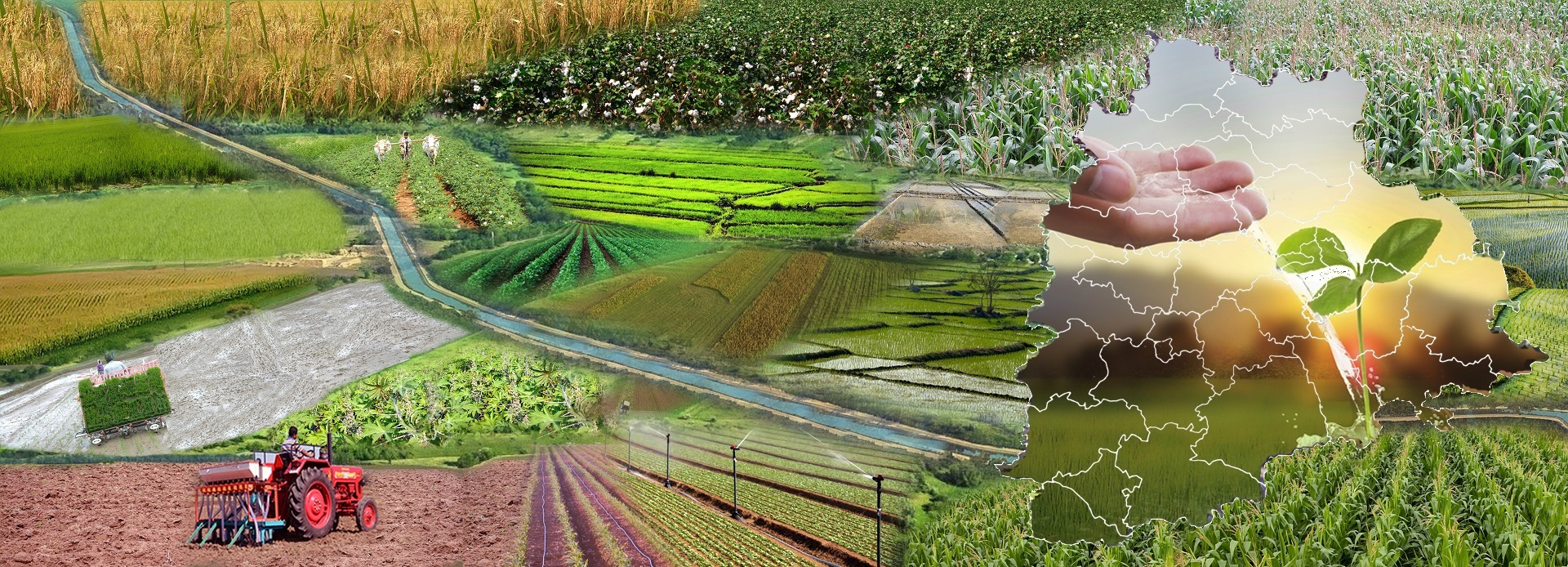



Received: 09-Jun-2021 Published: 30-Jun-2021
Agrometeorology is the study of weather and use of weather and climate information to enhance or expand agricultural crops and/or to increase crop production. Agrometeorology mainly involves the interaction of meteorological and hydrological factors, on one hand and agriculture, which encompasses horticulture, animal husbandry, and forestry.
Agrometeorology is that the study of weather and use of weather and climate information to reinforce or expand agricultural crops and/or to extend crop production. Agrometeorology mainly involves the interaction of meteorological and hydrological factors, on one hand and agriculture, which encompasses horticulture, farming, and forestry.
It is an interdisciplinary, holistic science forming a bridge between physical and biological sciences and beyond. It deals with a posh system involving soil, plant, atmosphere, agricultural management options, et al. , which are interacting dynamically on various spatial and temporal scales. Specifically, the fully coupled soil-plant-atmosphere system has got to be understood so as to develop reasonable operational applications or recommendations for stakeholders. For these reasons, a comprehensive analysis of cause-effect relationships and principles that describe the influence of the state of the atmosphere, plants, and soil on different aspects of agricultural production, also because the nature and importance of feedback between these elements of the system is important.
Agrometeorological methods therefore use information and data from different key sciences like soil physics and chemistry, hydrology, meteorology, crop and animal physiology and phenology, agronomy, et al. . Observed information is usually combined in additional or less complex models, focused on various components of system parts like mass balances (i.e. soil carbon, nutrients, and water), biomass production, crop growth and yield, and crop or pest phenology so as to detect sensitivities or potential responses of the soil-biosphere-atmosphere system. However, model applications still involve many uncertainties, which involves further improvements of the outline of system processes. A better quality of operational applications at various scales (monitoring, forecasting, warning, recommendations, etc.) is crucial for stakeholders. For example, new methods for spatial applications involve GIS and Remote Sensing for spatial data presentation and generation. Further, tailor-made products and knowledge transfer are critical to permit effective management decisions within the short and future . These should cover sustainability and enhancement strategies (including risk management, mitigation and adaptation) considering climate variability and alter . Papers are invited addressing these problems within the context of agrometeorological applications in “atmosphere” as an actual and important contribution to the state of the art.